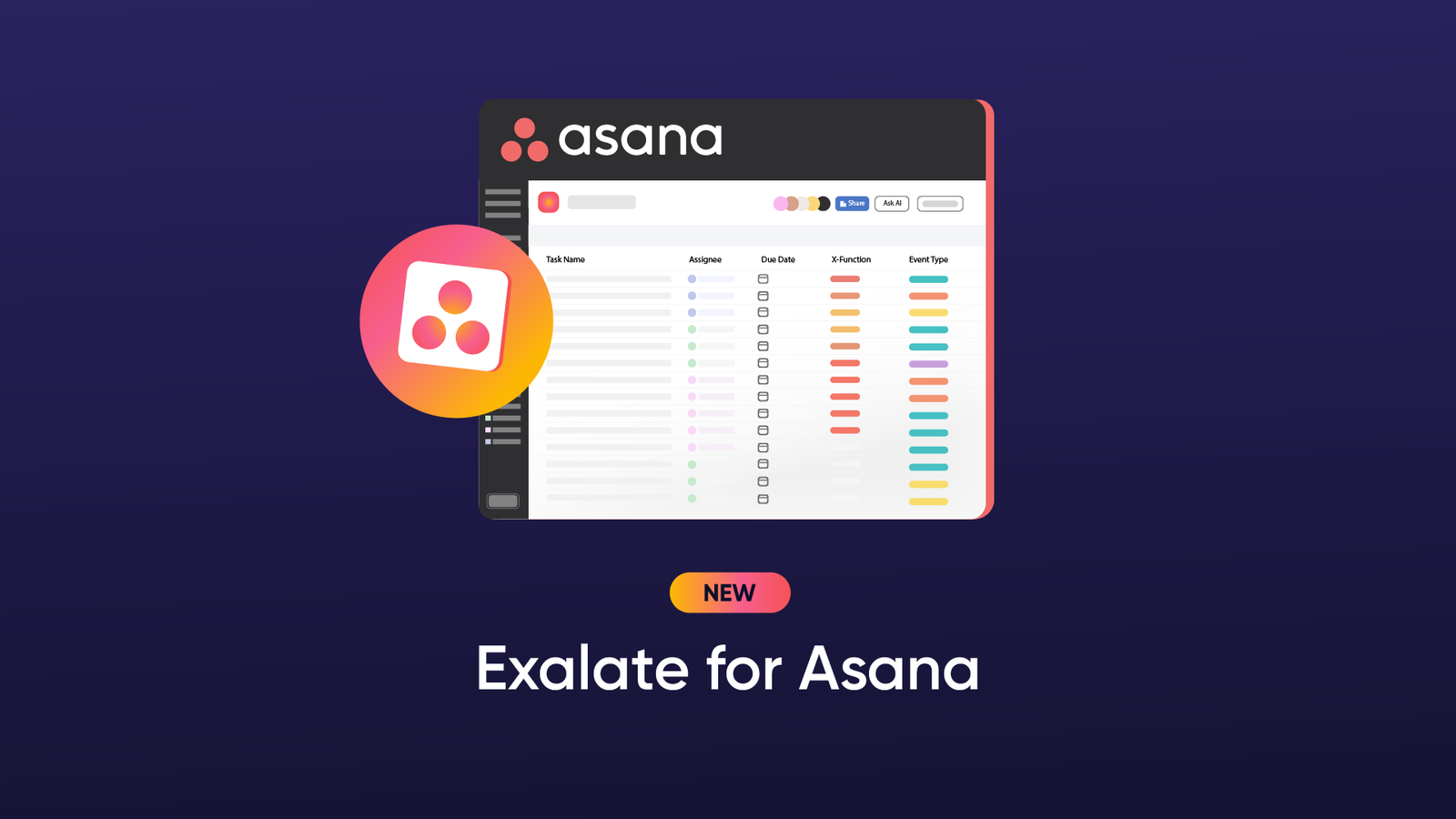Enterprises and organizations can take close collaboration one step further through embedded iPaaS integration.
This goes beyond using an iPaaS solution to connect disparate systems. This form of integration involves getting deeply embedded in the other side’s processes.
What does this mean in practice?
In this article, I’ll explain how embedded iPaaS works and the challenges of adopting it, as well as provide some practical examples.
What is Embedded iPaaS?
Embedded iPaaS is an integration model that allows users to connect their SaaS applications and other systems using a white-label solution. Under this model, you can build multiple integration scenarios with the help of templates and management consoles.
Organizations can use embedded iPaaS to establish a one-way flow of notifications and updates. For instance, get updates on Jira whenever a new Salesforce account is created.
The other option is to implement a bidirectional connection between your organization and other companies, vendors, MSPs, and partners by connecting their cloud CRMs and on-premise systems.
Any company that wants to connect internal teams or sync data with external entities can benefit from embedding iPaaS solutions.

Key Components of Embedded iPaaS
The unique features of embedded integration include the following:
- Low-code integration builder: Most embedded integration systems combine no-code visual editing with scripting to reduce the amount of coding needed to configure a connection.
- Pre-built connectors: These connection templates contain default logic and algorithms for simple connections. For example, pre-built connectors are used to sync ticket descriptions, titles, and summaries.
- System infrastructure: The software vendor could offer a single-tenant or multi-tenant system architecture. They can always exist across loosely coupled systems or a monolithic architecture.
- Triggers and automation: Real-time updates and exchanges are only possible when admins write conditional event triggers or use iPaaS automation.
- Management console: A dashboard for handling the connections, error messages, monitoring tools, event triggers, and everything related to the sync.
- Full authentication: Embedded iPaaS also covers authentication by handling API keys, access tokens, and other protocols for verifying user identity and permissions.
- Visualization dashboards: This gives the admin a clear view of all existing (active and failed) syncs through charts, graphs, and other visuals.
- Support documentation: Users can consult the documentation to fix problems before escalating them to support engineers.
Modern iPaaS solutions for embedded integration also incorporate AI assistants and bots to make scripting easier and faster.
Traditional iPaaS vs Embedded iPaaS vs Unified API
Before I compare embedded iPaaS with other integration models, here is a definition.
Integration platform as a service (iPaaS) is an integration delivery model that provides companies with a system for connecting applications within their SaaS sprawl.
A unified API is an abstraction layer or solution that connects with multiple endpoints in order to extract information. It acts as a hub that manages the request-response traffic from multiple systems and applications.
Embedded iPaaS is an amalgamation of the unified API integration and traditional iPaaS models. This integration framework provides a platform for connections and handles API standardization and data transformation.
While iPaaS solutions often provide connectors, embedded iPaaS systems allow you to build and modify them from scratch.
The next key differentiator is in the name: iPaaS solutions are isolated from the connected systems, while embedded iPaaS systems are intrinsically connected with both systems or applications.
Some embedded iPaaS products even allow you to build and make changes to APIs when developing native integrations.

Benefits of Embedded iPaaS
Your company can reap the following embedded iPaaS benefits:
- Speed up decision-making processes: When the iPaaS system is embedded into your infrastructure, all relevant data will become available at a moment’s notice. This will help stakeholders make informed decisions faster.
- Increase productivity: With embedded integration, your developers will free up their schedules to focus on core tasks. The vendor will take charge of building, updating, and maintaining the iPaaS solution.
- Improve scalability: When the solution is deeply embedded within your SaaS ecosystem, you can scale business operations at will to align with current needs and market trends.
- Build custom integrations: If you have complex use cases, embedded integrations will give you the platform to configure and customize the sync rules. For instance, Exalate uses a Groovy scripting engine to customize integrations.
- Keep your customers on board: Deep integration with your customers and partners will help you address their pain points promptly. The Gantner Group uses Exalate to connect support and development teams.
- Consolidate partnerships: When working with MSPs or going through a merger and acquisition, embedded iPaaS tools can create a collaborative environment for the prompt and accurate exchange of data, ideas, and insights.
Things to Consider When Choosing an Embedded iPaaS Solution
Embedding the wrong iPaaS solution into your organization is a disaster waiting to happen. To avoid these issues, here are things to consider and questions to answer:
- Is the platform code-based or no-code?
- What is the vendor’s reputation?
- Is the iPaaS solution secure and compliant?
- What data governance and privacy models are available?
- Are there visualization tools and dashboards?
- Is the solution hosted on the cloud or locally?
- Is the platform compatible with existing systems?
- What embedding options are available?
- Can my development team handle the configuration?
- Is the documentation detailed enough?
- Would it be cheaper to build or buy the iPaaS solution?
Choose only embedded iPaaS solutions that can answer all or most of the questions positively.
Challenges of Embedded iPaaS Implementation
Embedding iPaaS solutions sounds simple. But, in practice, this integration framework involves a lot of moving parts and managerial decisions.
The first challenge is to decide which solution works for everyone. For internal integrations, the teams involved must reach a consensus. However, due to preferences, pricing, and security concerns, these decisions could take longer for external integration scenarios.
The next obstacle is to assemble the right team or appoint the right person to manage the embedded iPaaS product. Your developers need to understand how the system works—how the solutions integrate with the API and how to work with the native programming language.
Next, you need to determine which processes, projects, issues, tickets, data fields, and entities to integrate without exposing sensitive business data. Most times, partners agree on this issue beforehand. Other times, use your discretion.
Another challenge of embedded iPaaS is compliance. The solution must comply with data regulations and industry-specific compliance standards such as GDPR, HIPAA, and others.
Finally, you need to consider whether it is cheaper to build the integration from scratch or buy a white-label enterprise iPaaS solution.

Should you Build or Buy iPaaS Solutions?
When you build an iPaaS solution from scratch, you have to cater to the following requirements:
- A team of dedicated developers,
- Security and authentication features,
- Software licensing and compliance,
- Maintenance and updates,
- Cloud or on-premise hosting,
- API and governance limits, and much more.
But when you buy embedded iPaaS software, the pricing covers all these requirements. You can even pay the support engineers to help you set up the infrastructure.
Unless you are a massive corporation with an R&D department or a company with data safety concerns, I recommend buying iPaaS integrations from trusted vendors.
Examples of Best Embedded iPaaS Tools
Here are some of the best embedded iPaaS companies.
Zapier
Zapier is an iPaaS solution that allows companies to keep their applications, social media platforms, CRMs, ERPs, databases, and communication tools connected.
This system automates workflows using Zaps, Tables, and Interfaces and provides AI automation for 7000+ app connections.
Exalate
Exalate is an embedded integration solution that facilitates data exchange between work management systems such as Jira, Salesforce, Zendesk, ServiceNow, GitHub, Azure DevOps, and many more.
Customer support teams can use the Zendesk embedded iPaaS offering to improve customer experience. Salespeople can rely on the Salesforce embedded iPaaS to manage accounts and opportunities.

Exalate supports bi-directional integration with pre-built connectors as well as custom Groovy-based integrations.
Exalate also provides advanced features that use the power of AI and machine learning to increase the productivity of custom configurations. The AI Assist chatbot allows users to generate various forms of Groovy code snippets and mappings for complex use cases.
Jitterbit Harmony
Jitterbit Harmony is a low-code iPaaS platform that allows the fast-paced development and publishing of APIs and embedded integrations.
Harmony provides an EDI, Cloud Studio, and API management console for establishing granular rules for connectivity.
Informatica
Informatica is a data management cloud that handles API creation and management, data integration, governance, and compliance policies.
It uses the CLAIRE AI engine to automate and manage data workflows using both no-code and low-code options. Informatica also handles data management, engineering, and analysis.
Tray.io
This embedded iPaaS company uses artificial intelligence to create an ecosystem of interconnected integrations between your workforce, partners, and customers.
Features like Tray Build allow organizations to develop custom automation with low-code technologies. Merlin AI also uses natural language models to transform LLM outputs into complete business processes.
Adopt Embedded iPaaS for Your Organization
Choosing the right implementation model for your embedded iPaaS system will streamline your business’s collaborations with partners and customers.
You just need to choose the best embedded iPaaS software vendor with a proven track record of data security, compliance, and customer support.
Exalate is an embedded integration solution for connecting internal and external teams to share important data through a compliant, secure architecture. Depending on your business needs, you can use the IaaS package or the MSP offering.
Are you looking for an embedded integration solution? Contact our team to get started with a demo right away.



